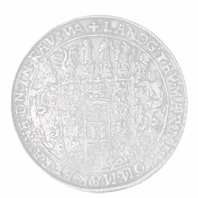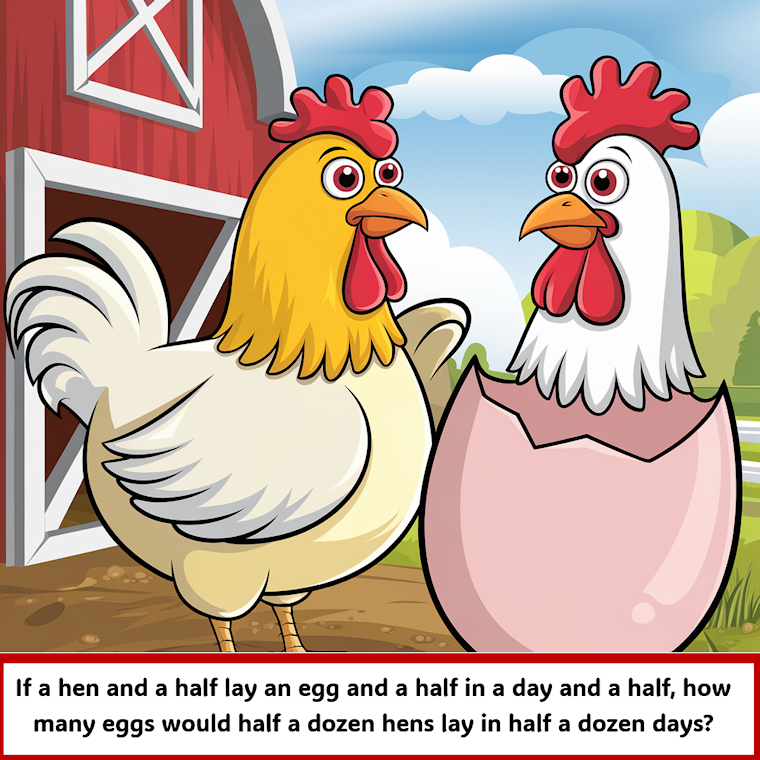
 |
Unitary MethodTest your understanding of the Unitary Method for solving real life proportion problems with this self-marking quiz. |
This is level 1: calculations that can be done without a calculator. You will be awarded a trophy if you get at least 7 answers correct and you do this activity online.
InstructionsTry your best to answer the questions above. Type your answers into the boxes provided leaving no spaces. As you work through the exercise regularly click the "check" button. If you have any wrong answers, do your best to do corrections but if there is anything you don't understand, please ask your teacher for help. When you have got all of the questions correct you may want to print out this page and paste it into your exercise book. If you keep your work in an ePortfolio you could take a screen shot of your answers and paste that into your Maths file. |
||
|
|
||
|
|

|
More Activities: |
|
Mathematicians are not the people who find Maths easy; they are the people who enjoy how mystifying, puzzling and hard it is. Are you a mathematician? Comment recorded on the 7 April 'Starter of the Day' page by Marta, Rosea: "Hello! I wanted to comment that these starters always brighten my day. My students and I are very grateful to have access to these resources. Thank you!" Comment recorded on the 28 May 'Starter of the Day' page by L Smith, Colwyn Bay: "An absolutely brilliant resource. Only recently been discovered but is used daily with all my classes. It is particularly useful when things can be saved for further use. Thank you!" |
Each month a newsletter is published containing details of the new additions to the Transum website and a new puzzle of the month. The newsletter is then duplicated as a podcast which is available on the major delivery networks. You can listen to the podcast while you are commuting, exercising or relaxing. Transum breaking news is available on Twitter @Transum and if that's not enough there is also a Transum Facebook page. |
|
AnswersThere are answers to this exercise but they are available in this space to teachers, tutors and parents who have logged in to their Transum subscription on this computer. A Transum subscription unlocks the answers to the online exercises, quizzes and puzzles. It also provides the teacher with access to quality external links on each of the Transum Topic pages and the facility to add to the collection themselves. Subscribers can manage class lists, lesson plans and assessment data in the Class Admin application and have access to reports of the Transum Trophies earned by class members. If you would like to enjoy ad-free access to the thousands of Transum resources, receive our monthly newsletter, unlock the printable worksheets and see our Maths Lesson Finishers then sign up for a subscription now: Subscribe |
||
Go MathsLearning and understanding Mathematics, at every level, requires learner engagement. Mathematics is not a spectator sport. Sometimes traditional teaching fails to actively involve students. One way to address the problem is through the use of interactive activities and this web site provides many of those. The Go Maths page is an alphabetical list of free activities designed for students in Secondary/High school. Maths MapAre you looking for something specific? An exercise to supplement the topic you are studying at school at the moment perhaps. Navigate using our Maths Map to find exercises, puzzles and Maths lesson starters grouped by topic. | ||
Teachers | ||
|
If you found this activity useful don't forget to record it in your scheme of work or learning management system. The short URL, ready to be copied and pasted, is as follows: |
Alternatively, if you use Google Classroom, all you have to do is click on the green icon below in order to add this activity to one of your classes. |
It may be worth remembering that if Transum.org should go offline for whatever reason, there is a mirror site at Transum.info that contains most of the resources that are available here on Transum.org. When planning to use technology in your lesson always have a plan B! |
|
Do you have any comments? It is always useful to receive feedback and helps make this free resource even more useful for those learning Mathematics anywhere in the world. Click here to enter your comments. |
||
© Transum Mathematics 1997-2025
Scan the QR code below to visit the online version of this activity.
https://www.Transum.org/go/?Num=67
Close

Level 1 - Calculations that can be done without a calculator.
Level 2 - Calculations requiring written working and the use of a calculator.
Level 3 - Problems requiring an algebraic solution.
Unit Pricing Learn how to compare prices of items in shops.
Proportion Direct and inverse proportion questions.
Exam Style questions are in the style of GCSE or IB/A-level exam paper questions and worked solutions are available for Transum subscribers.
These problems can be solved using the unitary method. This is a technique in mathematics for solving particular types of problems. It involves scaling down one of the variables to a single unit, i.e. 1, and then performing the operation necessary to alter it to the desired value.
For example if six coins weigh 66g. What would seventeen coins weigh?






Consider the weight of one coin first
1 coin weighs 11g (66 ÷ 6)
Now it is easy to calculate the cost of seventeen coins
17 coins weigh 187g (17 x 11)
Don't wait until you have finished the exercise before you click on the 'Check' button. Click it often as you work through the questions to see if you are answering them correctly.
Answers to this exercise are available lower down this page when you are logged in to your Transum account. If you don’t yet have a Transum subscription one can be very quickly set up if you are a teacher, tutor or parent.
Close

Claire Longmooor, Trick Question That Went Viral
Saturday, October 12, 2019
"An orchestra of 120 players takes 40 minutes to play Beethoven's 9th Symphony. How long would it take for 60 players to play the symphony? Let P be number of players and T the time playing.
🎼"
Transum,
Monday, January 20, 2025
"The exact origins of the "hen and a half" riddle aren't clearly documented. It has appeared in puzzle collections and math problem sets for many decades, often as a classic example to teach proportional reasoning (the unitary method).
 "
"
Transum,
Saturday, July 26, 2025
"Here is another example of a question that is easy to get wrong if the unitary method is applied in the wrong way:
It took Lisa 10 minutes to saw a plank into 2 pieces.
If she works at the same speed, how long will it take her to saw another plank into 3 pieces?
🪚"